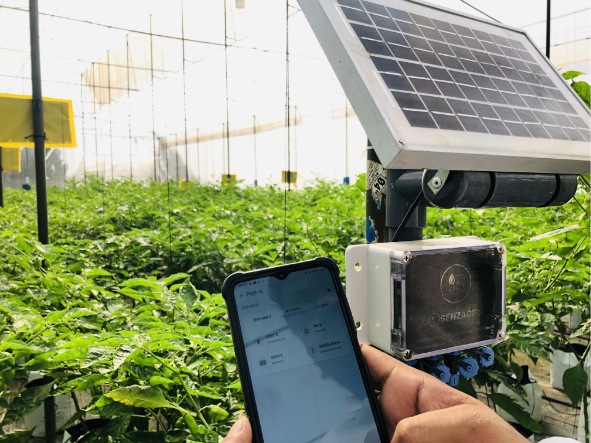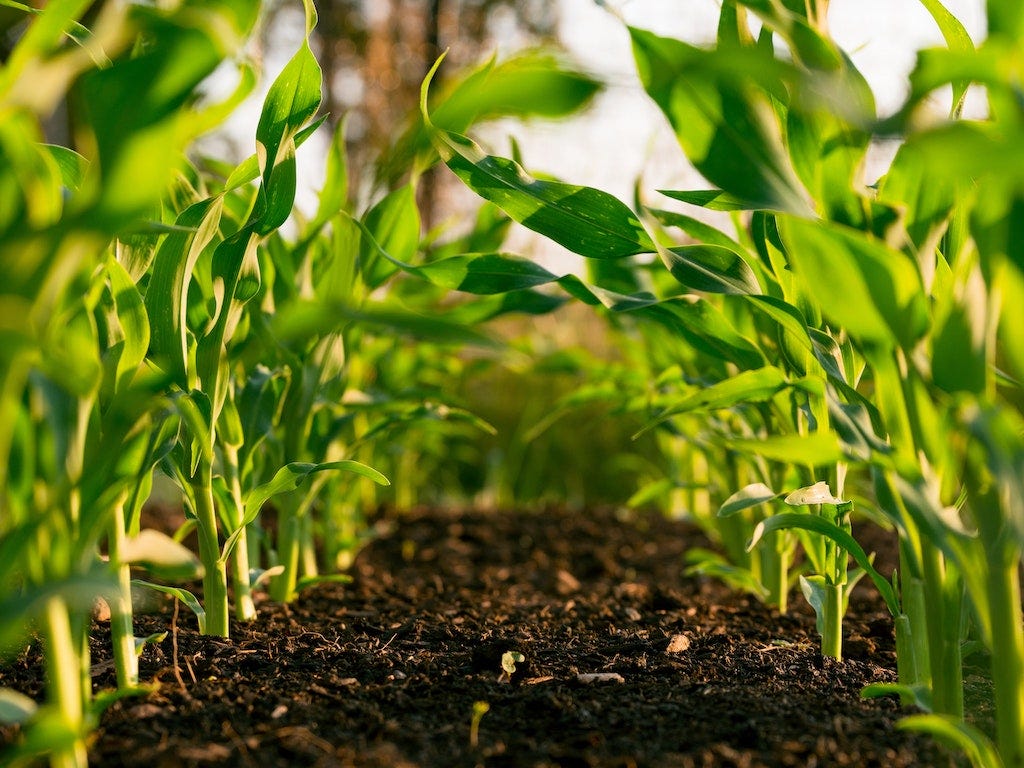Why Modern Agriculture Is Right for You?

Modern agriculture is a dynamic approach to agricultural discoveries and farming methods that enables farmers to improve productivity and use fewer natural resources to fulfill global demands for food, fuel, and fiber. Farmers can boost productivity while reducing their negative influence on the environment because of modern farming techniques.
What is modern agricultural technology?
Modern agriculture refers to the practices and technologies used in farming and food production that aim to increase efficiency and productivity. These practices often involve the use of advanced tools and machinery, as well as scientific techniques such as genetic modification and precision agriculture. One key aspect of modern agriculture is the use of inputs such as fertilizers, pesticides, and irrigation systems to improve crop yields. Modern farming also often involves the use of genetically modified crops, which have been modified to resist pests, tolerate harsh environmental conditions, or increase nutrient content.
Another important aspect of modern agriculture technology is the use of data and technology, such as GPS mapping and sensors, to optimize farming practices and increase efficiency. This can include techniques like precision agriculture, which uses technology to collect and analyze data on factors such as soil conditions and weather patterns to optimize planting and irrigation. Overall, modern agriculture aims to produce more food using fewer resources, while also addressing issues such as sustainability, food safety, and animal welfare.
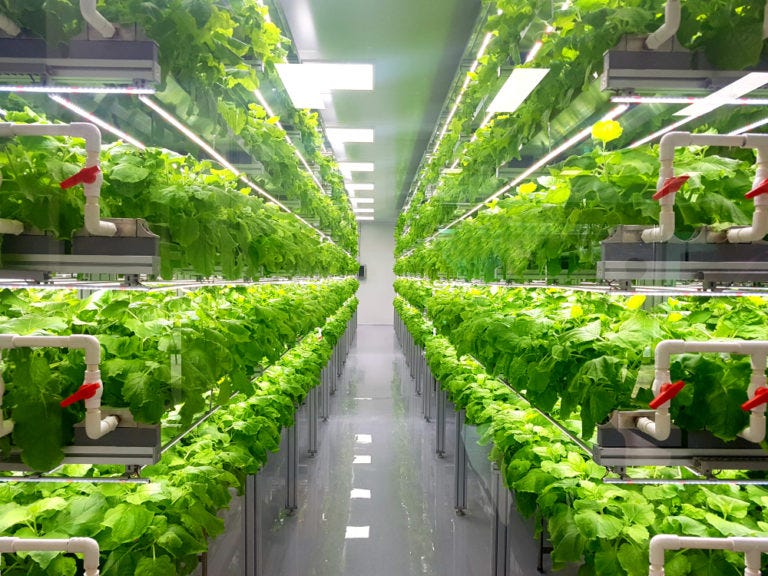
Traditional farming VS Modern farming
Traditional agriculture refers to the farming practices that have been used for centuries, often passed down from generation to generation. These practices often rely on local knowledge and natural resources, and may involve the use of simple tools and techniques. Traditional agriculture is often more labor-intensive and may be less efficient than modern agriculture
Modern agriculture, on the other hand, refers to the practices and technologies used in farming and food production that aim to increase efficiency and productivity. These modern agriculture practices often involve the use of advanced tools and machinery, as well as scientific techniques such as genetic modification and precision agriculture. Modern agriculture technology also often relies on the use of inputs such as fertilizers, pesticides, and irrigation systems to improve crop yields.
One key difference between traditional and modern agriculture is the use of technology and data. Modern agriculture often involves the use of data and technology, such as GPS mapping and sensors, to optimize farming practices and increase efficiency. This can include techniques like precision agriculture, which uses technology to collect and analyze data on factors such as soil conditions and weather patterns to optimize planting and irrigation.
Overall, traditional agriculture tends to be more focused on local and traditional knowledge, while modern agriculture relies more on scientific knowledge and technology to increase efficiency and productivity.
Visit for more about modern agriculture technology:
Precision Agriculture | for successful farming - SenzAgro
Advantages of modern Agricultural Technology
Modern agricultural technology plays a crucial role in meeting the growing demand for food globally. With a population that is expected to reach almost 10 billion by 2050, modern agriculture technology will be essential in meeting the increased demand for food and ensuring that it is produced sustainably. Here are a few key ways in which modern agricultural technology is important:
1. Increased efficiency: Modern agricultural technology, such as precision agriculture, helps farmers to optimize their operations and increase efficiency. For example, precision agriculture allows farmers to use data and technology to collect and analyse data on factors such as soil conditions and weather patterns to optimize planting and irrigation. This can help farmers to reduce the use of resources such as water and fertilizers, while also increasing crop yields.
2. Improved sustainability: Modern agriculture can help to reduce the environmental impact of farming. For example, precision agriculture can help farmers to minimize the use of pesticides and fertilizers, while also reducing greenhouse gas emissions from farming.
3. Enhanced food safety: Modern agriculture can help to improve food safety by using techniques such as food traceability to track the movement of food from the farm to the consumer. This can help to identify and mitigate any potential food safety issues.
4. Increased food security: Modern agriculture can help to increase food security, particularly in areas where traditional agriculture is not sufficient to meet the demand for food. For example, modern agriculture can help to increase crop yields and improve the availability of food in areas where food insecurity is a problem.
Overall, modern agricultural technology plays a crucial role in meeting the growing demand for food globally and ensuring that it is produced sustainably.
Challenges of modern technology in agriculture
There are also some challenges to using modern technology in agriculture. Some of the main challenges include
1. High costs: Many modern farming technologies are expensive, which can be a barrier to adoption for small-scale farmers or those in developing countries.
2. Lack of access to technology: Not all farmers have equal access to modern technologies, which can create disparities in terms of productivity and efficiency. SenzAgro creates an equal opportunity for farmers in the usage of modern technology.
3. Displacement of labour: The use of automation and other labour-saving technologies can lead to job loss and a decline in rural communities.
4. Environmental impacts: Some technologies, such as certain types of pesticides and genetically modified crops, can negatively impact the environment.
Top 5 Modern agriculture Technology
Here are five modern agriculture technologies that are having a significant impact on the industry:
1. Precision agriculture: This refers to the use of technology, such as GPS and sensors, to gather data about field conditions and optimize farming practices. Precision agriculture can help to reduce inputs such as water and fertilizers while increasing crop yields.
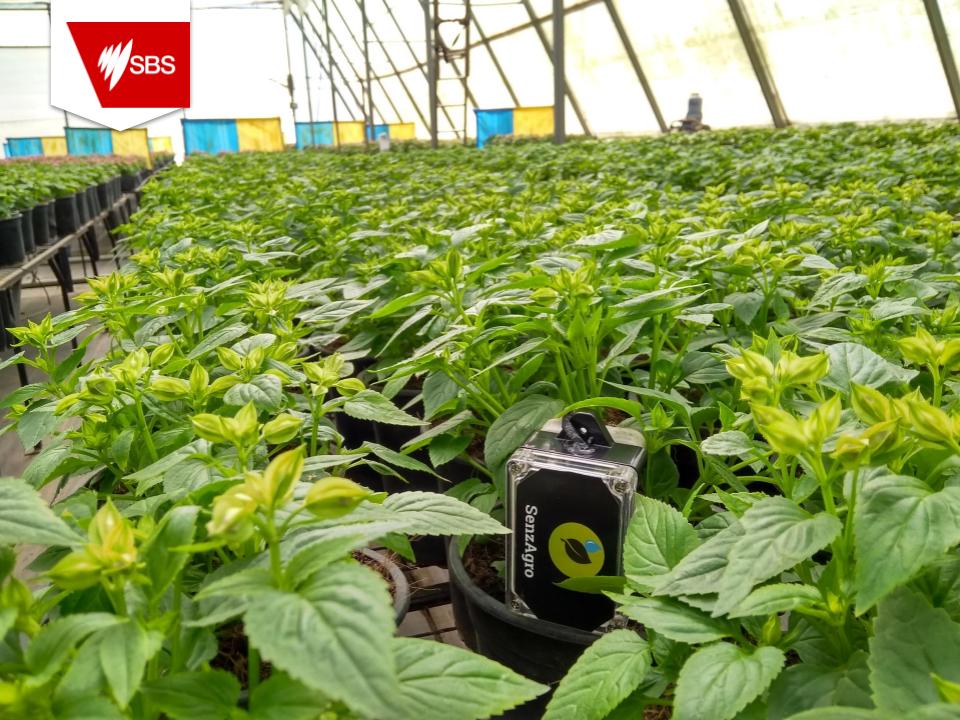
2. Drones: Unmanned aerial vehicles (UAVs), or drones, are increasingly being used in agriculture for tasks such as crop monitoring, irrigation management, and pest control.
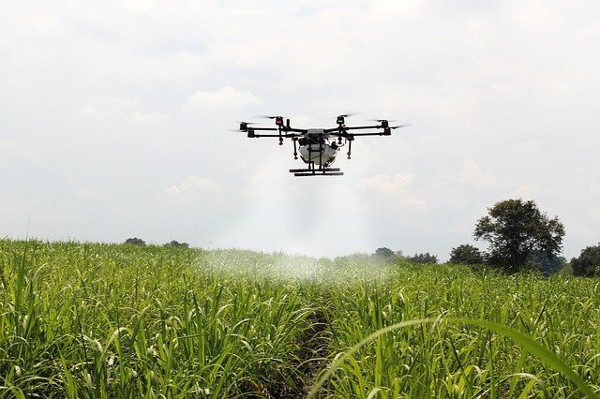
3. Smart irrigation systems: These systems use sensors and other technologies to monitor soil moisture levels and optimize irrigation schedules, helping to conserve water and reduce waste.

4. Vertical farming: Vertical farming refers to the practice of growing crops in vertically stacked layers, using artificial lighting and controlled environments. This allows for year-round production and can be done in urban areas, closer to consumers.
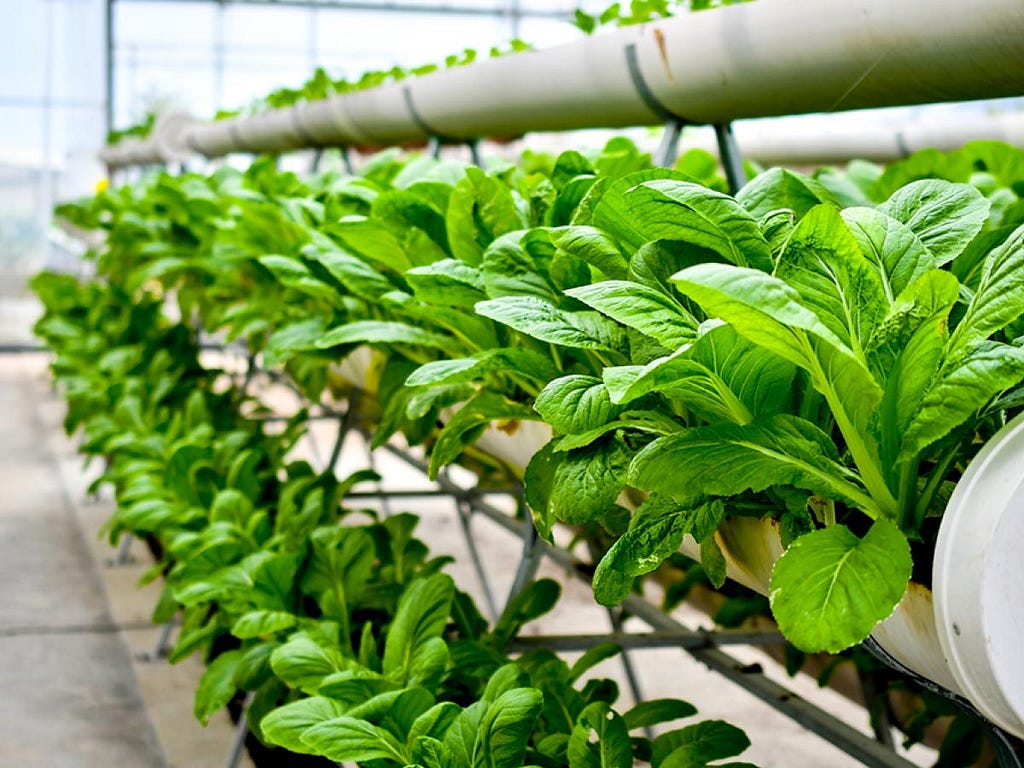
5. Robotics: Robotics is being used in agriculture for tasks such as planting, weeding, and harvesting. The use of robots can help to reduce labour costs and improve efficiency.

Why modern agriculture technology is better compared to traditional technology method?
Traditional and modern farming methods have been the subject of long debate, leaving farmers and customers divided between which is better.
Food, the most fundamental human need, is provided by the agricultural sector. Global economies throughout the post-industrial era were predominately agricultural, and agriculture was strongly tied with civilizations all over the world. Even while certain parts of the world still practice traditional agriculture, industrialization has altered the way that it is done. Traditional agriculture relies on outdated knowledge, ancient machinery, and organic fertilizers while modern agriculture depends on technologically advanced machinery and equipment.
As the forces of globalization and modernization increase, traditional farming methods and knowledge become irrelevant. These pressures have caused the food system to change from being reliant on millions of farmers to being dominated by a small number of agribusinesses. Modern agricultural practices have many significant components, including crop consistency, input intensity, production, and capital gain. On the other side, traditional agricultural methods prioritize cultural appreciation for a wide variety of crops, localization, biodiversity, and shared genetic resources. The biodiversity of wild and domestic plants will be significantly impacted by modern agricultural changes. To maintain and increase food security, agriculture must remain resilient in the face of global environmental problems.
Future of modern agricultural technology
Aerial photographs, GPS technology, temperature and moisture sensors, and robotics will all be used in agriculture in the future. Farms will be able to be more productive, efficient, safe, and environmentally friendly thanks to these cutting-edge equipments, robotic systems, and precision agriculture techniques. Governments have a significant role to play in resolving the food shortage problem. They must assume a wider and more important role than only the usual regulatory and facilitation role.
It is difficult to say which country has the most advanced agriculture technology, as different countries excel in different areas. However, some countries that are known for their innovative agriculture technology include
Japan: Japan has a long history of utilizing technology in agriculture, and is known for its high-tech greenhouses and precision farming techniques.
Israel: Israel is a small country with a limited amount of arable land, so it has had to be creative in its approach to agriculture. The country has developed advanced irrigation systems and is a leader in the use of precision agriculture and drought-resistant crops.
The Netherlands: The Netherlands is a global leader in greenhouse agriculture, and has also made significant investments in precision agriculture and robotics.
The United States: The US is a major player in the agriculture industry and is home to many large agribusinesses that are at the forefront of technological innovation. The country has a strong tradition of research and development in agriculture and is known for its advances in precision agriculture, gene editing, and other areas.
Ultimately, the country that has the most advanced agriculture technology is likely to have made significant investments in research and development, has a strong tradition of innovation, and has a supportive policy environment that encourages the adoption of new technologies.
Several steps can be taken to encourage the adoption of modern agriculture technology by farmers.
1. Provide education and training to farmers on how to use the technology effectively. This could be through farmer training programs, workshops, or online resources.
2. Offer financial incentives to encourage farmers to adopt the technology. This could include grants, loans, or subsidies to offset the upfront costs of purchasing and implementing the technology.
3. Work with government agencies and other organizations to develop policies and regulations that support the adoption of modern agriculture technology.
4. Partner with private companies to provide access to technology and expertise. This could include partnerships with seed companies, equipment manufacturers, and other agtech firms.
5. Conduct research and development to continually improve and advance modern agriculture technology. This could involve collaborating with universities and other research institutions.
6. Communicate the benefits of modern agriculture technology to farmers and the general public. This could include highlighting the increased efficiency, productivity, and sustainability that can be achieved through the use of these technologies.
Conclusion
Growing population, environmental factors, and the need for affordable yet high-quality food have caused the agriculture sector to integrate technology into farm operations slowly. It has a profound impact on-farm productivity and efficiency. Technology has reduced the amount of effort required for farming while giving a new push to long-term sustainability.
Reference:
https://education.nationalgeographic.org/resource/environmental-impacts-agricultural-modificationshttps://mnsoybean.org/msrpc/modern-ag/

